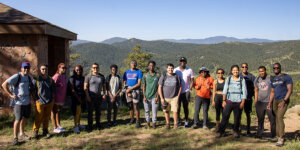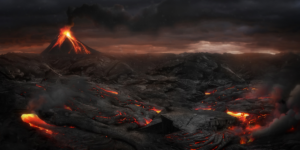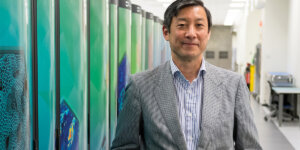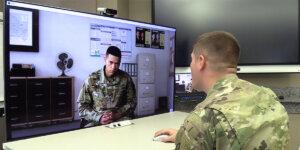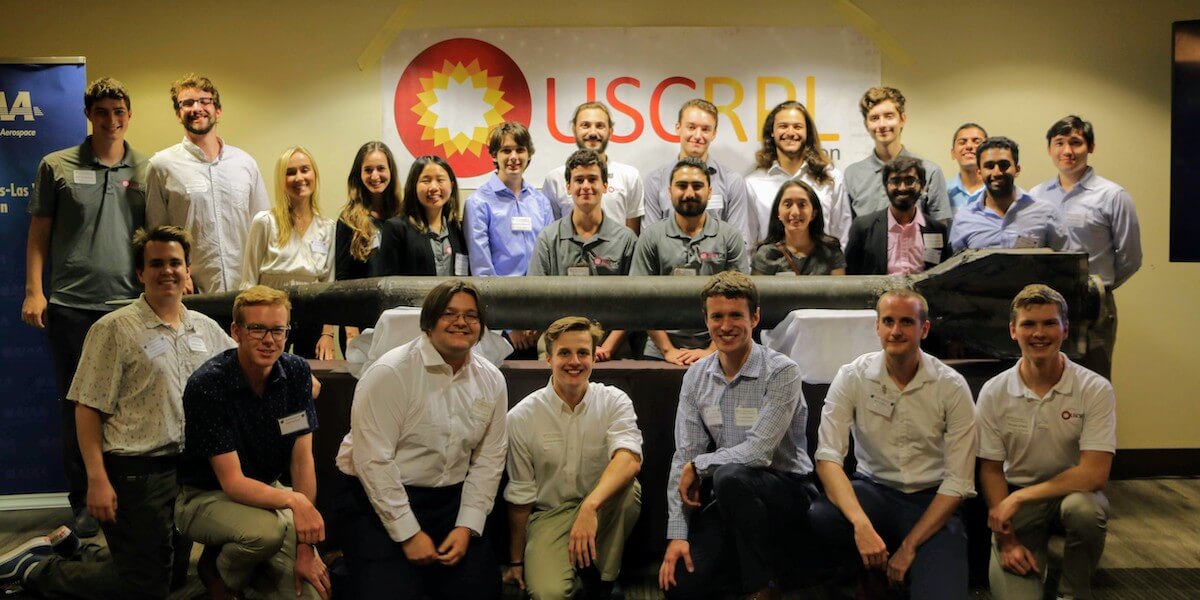
Students from USCRPL are recognized by the AIAA for an exceptional undergraduate achievement in taking Traveler IV to space. PHOTO/MICHAEL O’NEILL
With additional reporting by Zoe Rodriguez.
USC Viterbi School of Engineering students, faculty and staff gathered together with industry professionals at the USC Davidson Conference Center on October 1 to celebrate a world-breaking record of the USC Rocket Propulsion Laboratory (USCRPL). The Los Angeles-Las Vegas section of the American Institute of Aeronautics and Astronautics (AIAA) honored the members of USCRPL for becoming the first undergraduate team to design, build and successfully launch a rocket that crossed the space boundary.
The momentous occasion kicked off with remarks from Chandrashekhar Sonwane, AIAA Los Angeles-Las Vegas section chair. Additional speakers included USC Viterbi Dean Yannis C. Yortsos, the Chair of the USC Viterbi Department of Astronautical Engineering Dan Erwin, and the USCRPL Chief Engineer and Lab Lead Neil Tewksbury. The original USCRPL founding members Ian Whittinghill, chief designer and program manager at Whittinghill Aerospace, and David Reese, engineering manager at The Aerospace Corporation also spoke.
Said Dean Yannis C. Yortsos: “Breaking the student world record is a very remarkable achievement … It’s wonderful that RPL was the first ever student team to design, build and launch a rocket into space.”
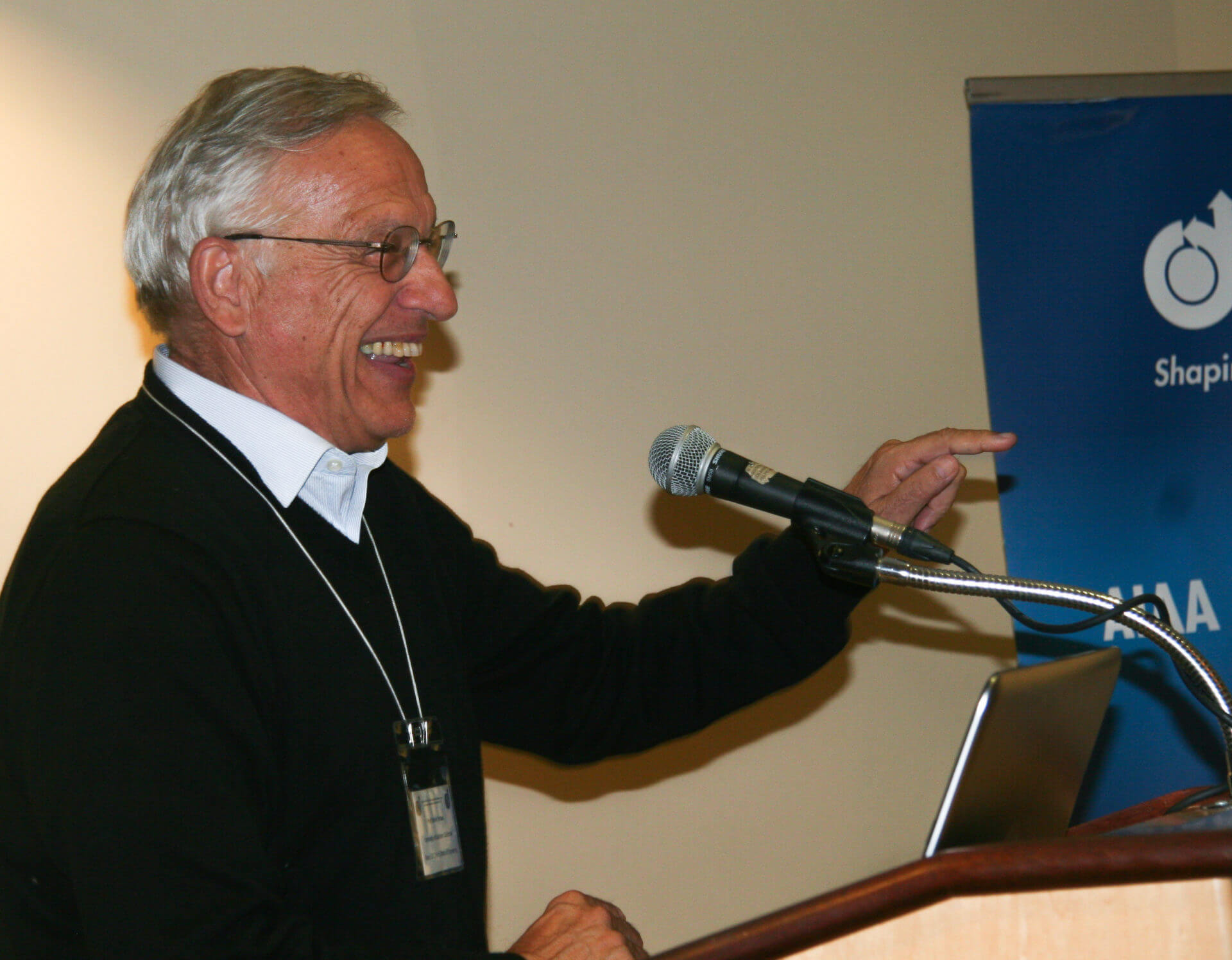
Dean Yannis C. Yortsos honors USCRPL for its achievement in reaching space. PHOTO/ANNIE CHEN
In April 2019, USCRPL students culminated 15 years of work to fulfill their founding mission: the first student group to pass the Kármán line, the recognized boundary between Earth and space that sits at 330,000 feet above sea level. Learning from successes and failures along the way, students created Traveler IV. On April 21, they launched it into the sky above Spaceport America, a site used by industry juggernauts like Virgin Galactic. The 11-minute flight took the rocket nearly 340,000 feet.
“Brick and mortar universities used to emphasize only knowledge and skills. But in today’s world, where knowledge and skills can be downloaded from the internet, added value is also offered by building teams and ecosystems outside the curriculum,” Dean Yortsos added. “In RPL we see a prototypical group endowed by new mindsets: innovation, entrepreneurship, leadership…it’s a vivid example of how a modern engineering school should be, how to cultivate leadership, teamwork, and innovation.”
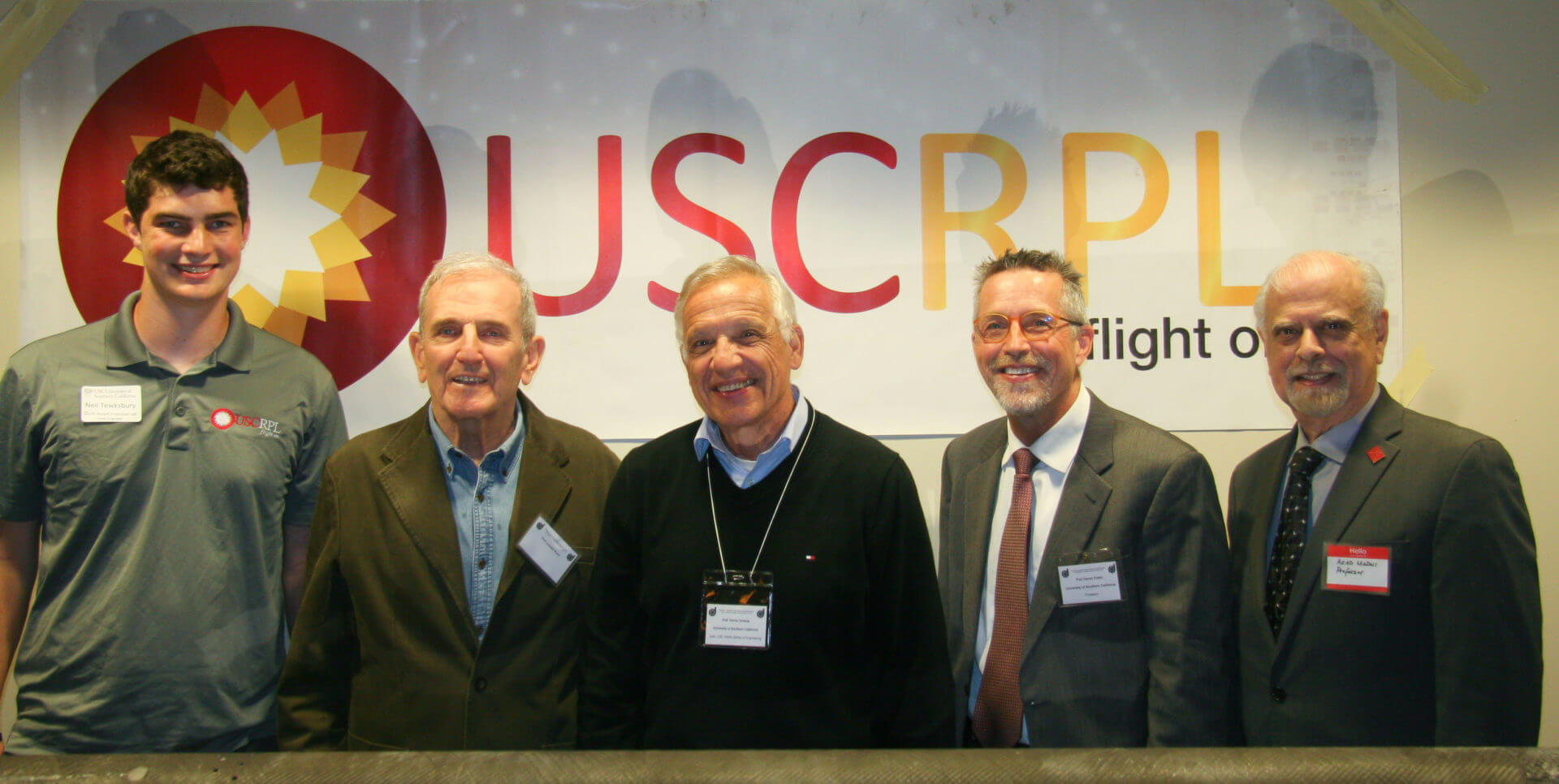
From left to right: USCRPL Chief Engineer and Lab Lead Neil Tewksbury, USC Viterbi Professor of Astronautics Joseph Kunc, USC Viterbi Dean Yannis C. Yortsos, Chair of the USC Viterbi Department of Astronautical Engineering Dan Erwin, and Executive Director of the Systems Architecting and Engineering program at USC Viterbi Azad Madni. PHOTO/ANNIE CHEN
USCRPL is one of example of how USC Viterbi emphasizes interactive, hands-on learning, preparing students for professional-level values of collaboration, learning from failure, innovation, out-of-the-box problem solving and working within budgetary or regulatory limitations. Groups like the USC Liquid Propulsion Laboratory and the USC Aerodesign Team exemplify this same value of experiential, student-driven learning to apply lessons learned from the classroom.
Said USCRPL founder Whittinghill: “We quickly established a unique culture, and that was a culture that was built on the university’s trust and allowed us the freedom to fail. That freedom to fail was the freedom to continue to innovate, to improve our designs and to improve ourselves as problem solvers.”
Added David Reese, who was one of the original founding members of USCRPL: “Doing real rocketry [in rocket lab] has advanced the state of the industry in tremendous ways. I am incredibly moved by the commitment to rocket lab that still stays at USC 15 years later.”
The USC rocket lab has produced 21 rockets since its founding in 2005. Its next project is a rocket named Poise, which will test a new, more efficient propellant.
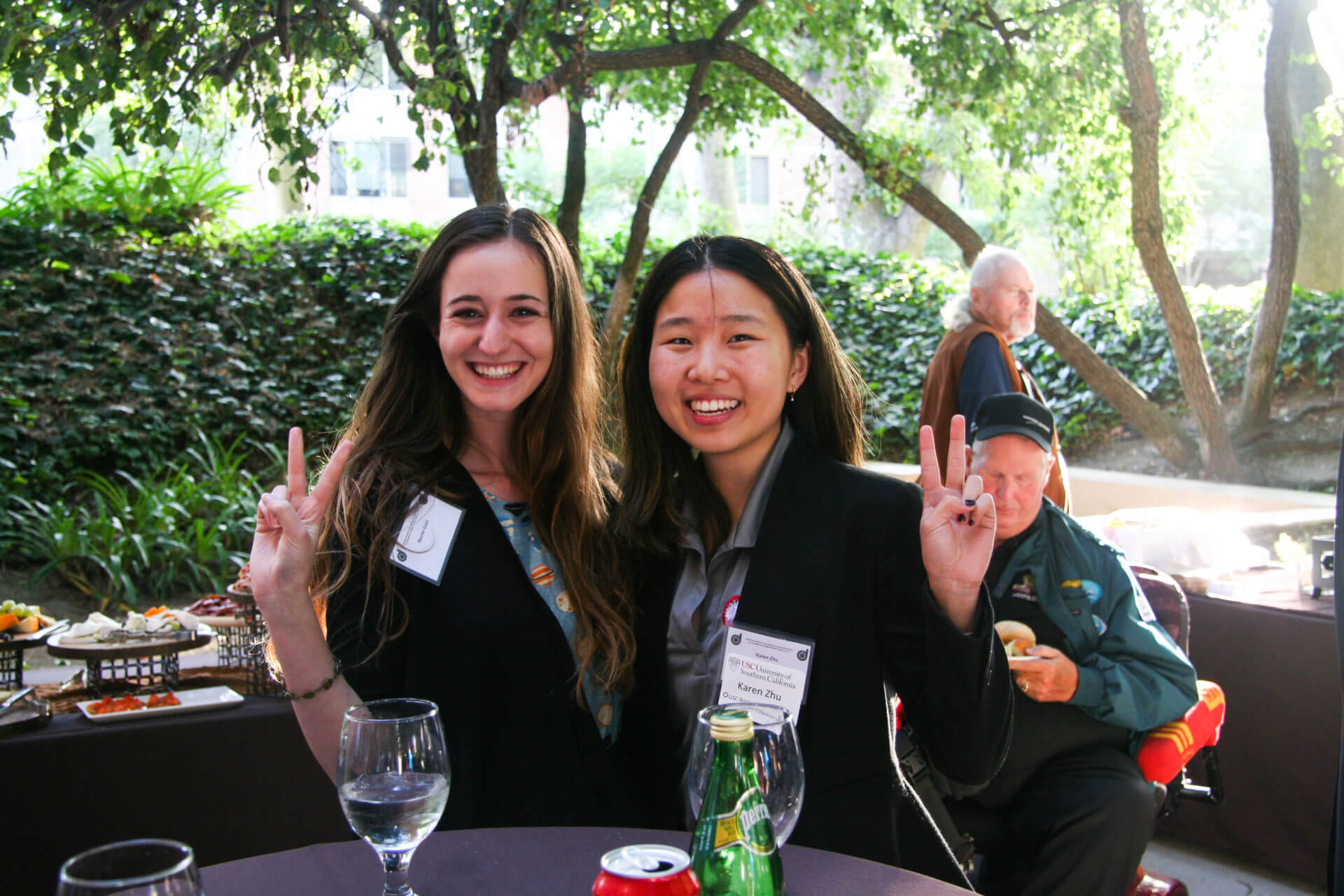
USCRPL members gather at the USC Davidson Center for a special award banquet. From left to right: Rachel Glait and Karen Zhu PHOTO/ANNIE CHEN
On what’s next for the students of rocket lab, Tewksbury said: “This is an opportunity to take many years of space shots and turn it into a space program. My goal for the future is to continue to inspire students, as well as professionals and even younger kids, by consistently giving students access to space, for the first time ever.”
The AIAA is the world’s largest technical society dedicated to global aerospace and host of the awards banquet honoring USCRPL’s undergraduate students and their unique achievement.
Published on October 4th, 2019
Last updated on May 19th, 2023




